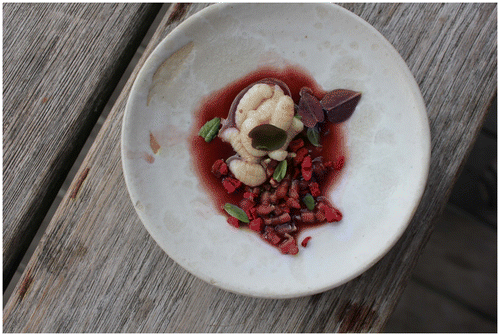Figures & data
Table 1. Types of syrup feeders to be used in feeding experiments for optimal brood production.
Figure 1. A three section drone brood 12 × 10 frame (306 × 262 cm). The right section is one week, the middle section is two weeks and the left section is three weeks old and ready to be harvested.
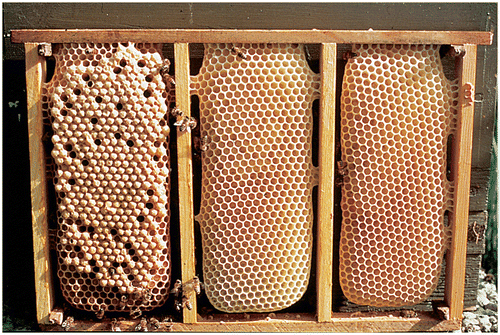
Figure 2. Time and duration of sealed worker brood from capping to emergence including morphological categories.
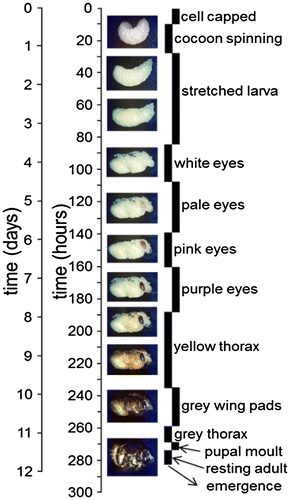
Table 2. HPLC method for determination of tocopherols, b-carotene, and all-trans-retinol: step gradient and detector program (Salo-Väänänen et al., Citation2000).
Figure 3. The electronic tongue (Insent SA402B, Japan) analyzing taste profiles of different honey bee pupae samples.
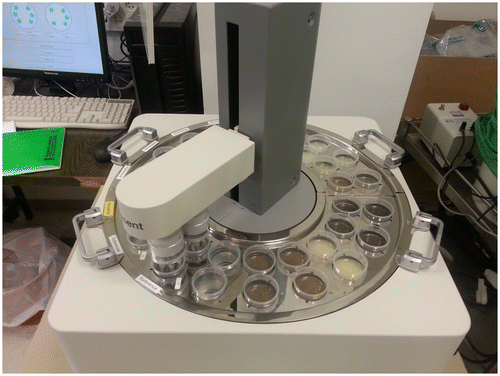
Figure 4. Texture properties on raw or processed food products including bee brood e.g., bread, protein bars, cakes. The texture analyzer measures different physical characters such as: firmness, hardness, crunchiness, crispiness, etc.
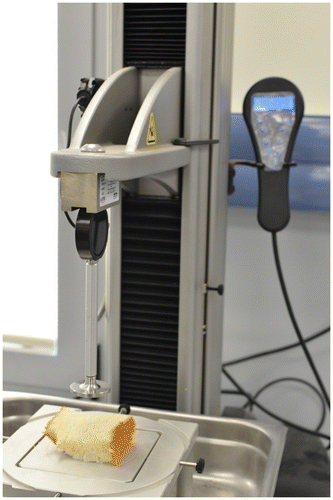
Figure 5. Kheang Nor Mai Preaw Kai Peung: soup from north-east Thailand with sour fermented bamboo shoots and weaver ant eggs, here also made with (less traditional) honey bee larvae, made by Ranee Udtumthisarn in Copenhagen.
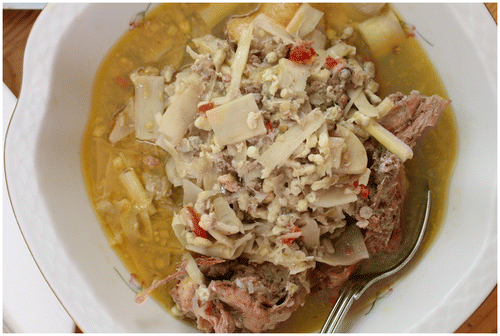
Figure 6. Kai Jiew Mod Dang: Chicken eggs scrambled with garlic, chilli, shallots, scallions, fish sauce, and weaver ant eggs, here also made with (less traditional) honey bee larvae, made by Ranee Udtumthisarn in Copenhagen.
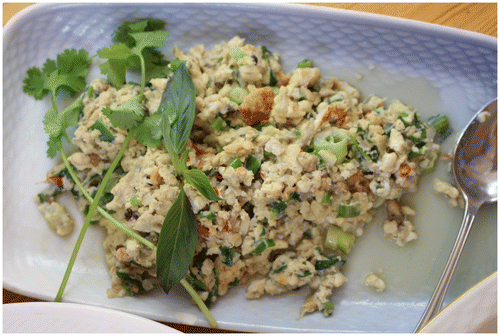
Figure 7. “Peas ‘n’ bees”, a dish developed at the Nordic Food Lab: fresh pea soup, bee larvae (some poached, some fried), blanched peas, lovage and fermented bee pollen (“bee bread”).
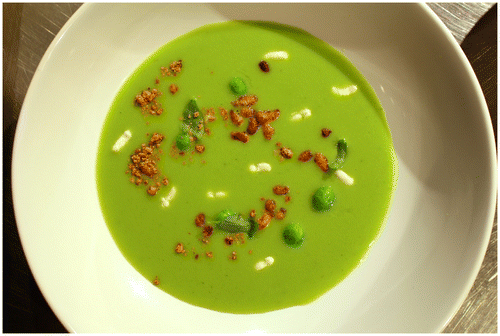
Figure 8. Honey bee larvae granola, developed at the Nordic Food Lab: oats, seeds of sunflower, pumpkin and flax, coated in a blended mixture of bee larvae and honey and baked until golden brown, with whole dried larvae and pupae added at the end for texture and flavor.
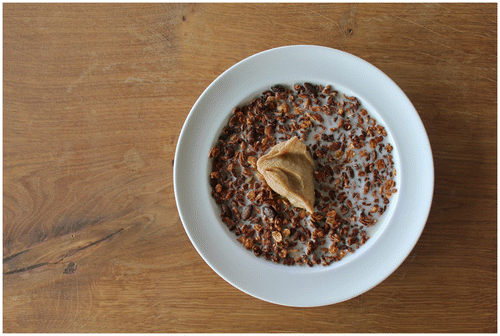
Figure 9. Honey bee larvae ceviche, a dish developed at the Nordic Food Lab: bee larvae cured in rhubarb vinegar, garnished with purple oxalis leaves and stems, freeze-dried raspberries, and lemon verbena.
